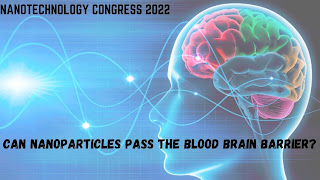Is nanotechnology safe?

Nanoparticles square measure seemingly to be dangerous for 3 main reasons: Nanoparticles could injury the lungs. we all know that 'ultra fine' particles from diesel machines, power plants and incinerators will cause hefty injury to human lungs. Out of 3 human studies, only 1 showed a passage of indrawn nanoparticles into the blood. Materials that by themselves aren't terribly harmful may well be toxic if they're indrawn within the sort of nanoparticles. the results of indrawn nanoparticles within the body could embody respiratory organ inflammation and heart issues. whereas there's no conclusive proof that nanomaterials square measure either unsafe or not, health advocates worry that we're already golf stroke them on our bodies and ingesting them as if they'd been completely tested and proved safe similar to the other chemical substance, some nanomaterials square measure venturous et al. not. The nanoscale of the particles doesn't in itself imply a

